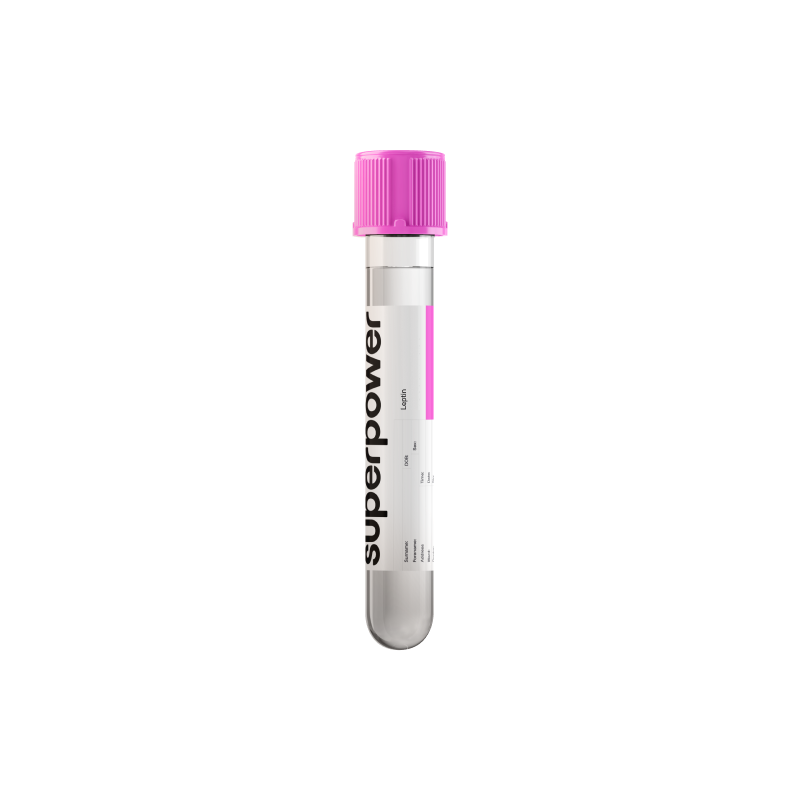Key Benefits
- Spot early, tissue-level vitamin B12 deficiency before anemia or nerve damage develops.
- Clarify fatigue, numbness, or memory issues linked to cellular B12 shortage.
- Differentiate B12 deficiency from folate deficiency when blood counts look similar.
- Guide targeted B12 supplementation when serum B12 is borderline or symptoms persist.
- Protect pregnancy by uncovering B12 deficiency that can impair fetal neural development.
- Track treatment success; falling MMA confirms cellular B12 repletion within weeks.
- Flag risk from metformin, acid reducers, vegan diets, or bariatric surgery affecting B12.
- Best interpreted with serum B12, homocysteine, complete blood count, and kidney function.
What is Methylmalonic Acid (MMA)?
Methylmalonic acid (MMA) is a small organic acid made inside mitochondria when your body breaks down certain amino acids and odd‑chain fats. In this pathway, propionyl‑CoA is converted to methylmalonyl‑CoA and then to succinyl‑CoA by a vitamin B12–dependent enzyme. MMA is the free acid that appears when methylmalonyl‑CoA is formed faster than it can be converted onward. A small amount circulates in the blood and is normally cleared by the kidneys.
MMA doesn’t drive a body function on its own; it serves as a readout of a specific metabolic step that needs active vitamin B12 (adenosylcobalamin) and the enzyme methylmalonyl‑CoA mutase. When this step runs efficiently, MMA stays low. When it slows—because cells lack usable B12, the enzyme is impaired, or kidney clearance is reduced—MMA accumulates. For that reason, MMA reflects the integrity of B12‑dependent propionate metabolism in mitochondria and, secondarily, kidney handling. In simple terms, it indicates how well your cells can turn certain protein and fat fragments into a fuel entry point for the energy pathway (succinyl‑CoA feeding the Krebs cycle).
Why is Methylmalonic Acid (MMA) important?
Methylmalonic Acid (MMA) is a mitochondrial byproduct from breaking down certain amino acids and odd‑chain fats. Its conversion depends on vitamin B12 (adenosylcobalamin) and healthy kidneys to clear it. That makes MMA a sensitive, whole‑body signal of cellular B12 status, energy metabolism, and renal function—key for the brain, nerves, blood, and muscles.
Most labs consider values below about 0.40 within range, and optimal tends toward the low end. Compared with serum B12, MMA rises earlier when cells are short on active B12.
When MMA sits near the lower end, it reflects efficient B12‑dependent enzyme activity (methylmalonyl‑CoA mutase) and good renal clearance. Physiology runs smoothly: red blood cells mature properly, myelin maintenance is supported, and fatigue or tingling symptoms are unlikely. In children and during pregnancy, low values simply indicate adequate B12 supply for growth and fetal neurodevelopment.
Higher MMA usually signals functional B12 deficiency in tissues or reduced kidney filtration. Across systems, this can show up as tiredness, exercise intolerance, and macrocytic anemia; numbness, tingling, gait imbalance, or memory changes from nerve involvement; and glossitis or appetite changes. Older adults and pregnant people are more prone to elevation from increased B12 needs or absorption issues. Marked elevations in infants or children can suggest inherited methylmalonic acidemia; certain drugs and severe renal impairment can also raise MMA.
Big picture: MMA ties nutrient absorption, mitochondrial fuel handling, and kidney health into one readout. Interpreted alongside serum B12, holotranscobalamin, homocysteine, and kidney markers, it clarifies causes of anemia, neuropathy risk, and long‑term neurologic and metabolic resilience.
What Insights Will I Get?
Methylmalonic Acid (MMA) is produced when mitochondria break down odd‑chain fats and certain amino acids. It is converted to succinyl‑CoA by a vitamin B12–dependent enzyme. When this step slows, MMA rises, making it a sensitive marker of cellular B12 status and mitochondrial propionate metabolism that intersects with energy production, nerve integrity, red blood cell formation, and fetal development.
Low values usually reflect efficient B12‑dependent flux and good renal clearance. System‑wide, this aligns with steady mitochondrial energy support, healthy myelin, and normal red blood cell formation. Low MMA is generally not concerning across ages or in pregnancy.
Being in range suggests adequate intracellular B12 supply, intact methylmalonyl‑CoA mutase activity, and normal renal handling. This supports stable ATP generation via anaplerosis into the TCA cycle, resilient nerve function, and balanced hematopoiesis. Optimal status often sits toward the lower portion of many reference ranges.
High values usually reflect functional vitamin B12 deficiency at the tissue level, even when serum B12 is normal. This bottleneck in methylmalonyl‑CoA mutase stresses neurons and marrow, and may accompany fatigue, paresthesias, gait or cognitive changes, and macrocytosis. MMA also rises with reduced kidney function, increases with age, is very high in rare inborn errors (notably in infants), and can rise in pregnancy and the neonatal period.
Notes: Interpret MMA with kidney function, homocysteine, and B12 markers (holotranscobalamin, total B12). Folate deficiency raises homocysteine but not MMA. Serum MMA is standard; urine is less specific. Medications that impair B12 absorption or function (metformin, PPIs/H2 blockers, nitrous oxide) and malabsorption states affect results. Reference intervals vary.

.png)

.svg)



.png)
.png)
.png)









